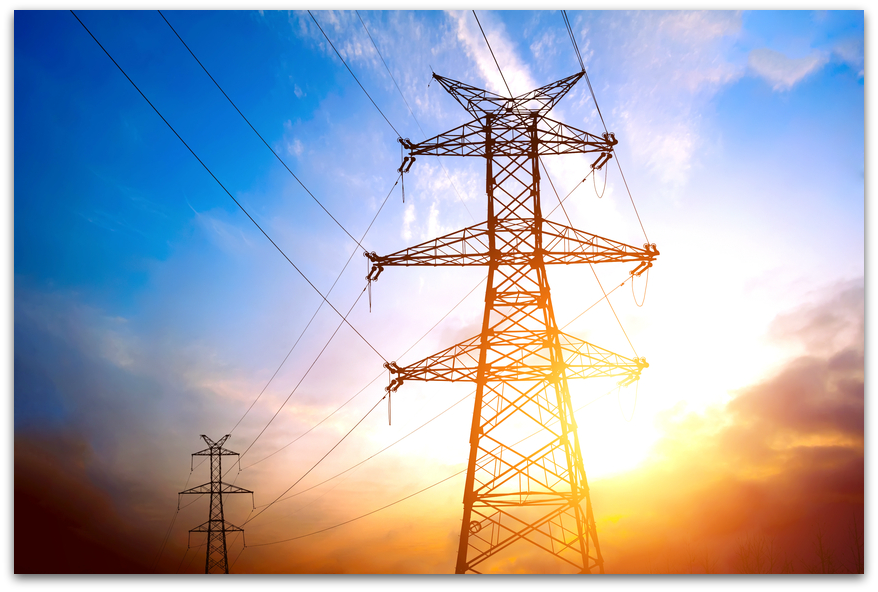 A new study published by researchers from Michigan State University reveals a new biofilm that can feed on waste and produce energy as a byproduct.
A new study published by researchers from Michigan State University reveals a new biofilm that can feed on waste and produce energy as a byproduct.
The novel biofilm was discovered and patented by ECS member and Science for Solving Society’s Problems grantee Gemma Reguera.
(MORE: Listen to our Science for Solving Society’s Problems Round Table podcast to hear how Reguera is applying microbial science to solving pressing issues in water and sanitation.)
Reguera’s biofilm works in a way very similar to the electric grid, where each cell acts as an individual power plant – generating electricity to be delivered to the underlying electrodes using a sophisticated microbial network. One part of that network, the cytochromes, act as transformers and towers that supply electricity to a city. The other part, the pili, acts as the powerlines connecting the towers so all have access to the grid.
“The pili do all of the work after the first 10 layers, and allow the cells to continue to grow on the electrode, sometimes beyond 200 cell layers, while generating electricity,” Reguera says, associate professor of microbiology at Michigan State University. “This is the first study to show how electrons can travel such long distances across thick biofilms; the pili are truly like powerlines, at the nanoscale.”
Each individual part of the biofilm is essential to the development of the working whole, much like the power grid.
This from Futurity:
The methodical approach to dissect the contribution and interactions between the cytochromes and the pili was the key to this discovery. The researchers used a genetic approach to eliminate key electron carriers in the biofilms, cytochromes, and conductive pili, and studied the effect of the mutations in the growth of the biofilm and ability to generate electricity. They also constructed a mutant that produced pili with reduced conductivity.
“We went from constructing the cell equivalent of a 10-story building to a 15- and a 20-story building and demonstrated the coordinated action of cytochromes and pili in the bottom floors and the need to discharge electrons via the wires in the upper floors to grid,” Reguera says. “We know that we can build 200-story buildings, which really opens up opportunities for which these biofilms can be used.”
Because the bioelectrode feeds off of waste, the development could be easily scalable for industrial sites where they can clean while creating energy as a byproduct.

